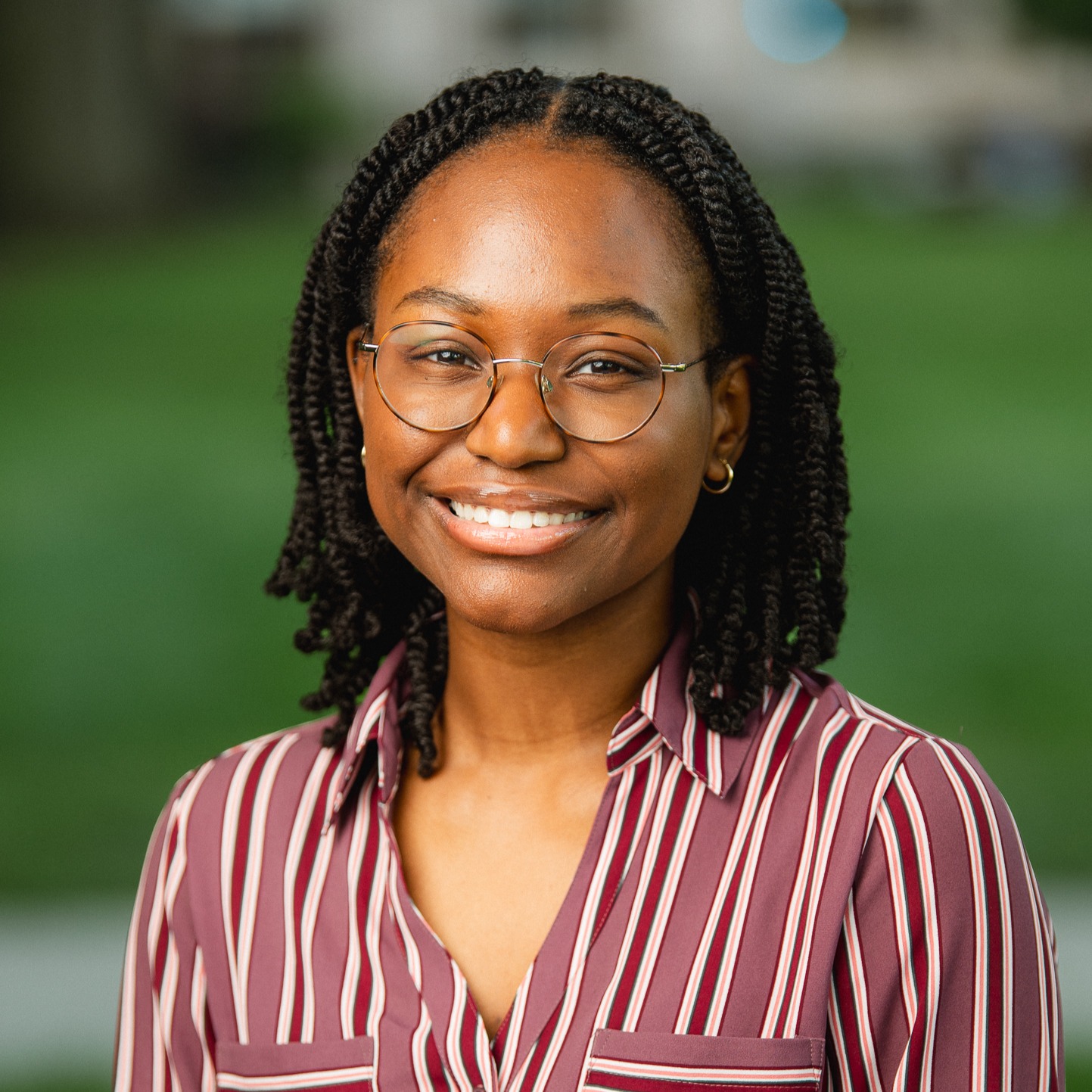Gabrielle Rose

MIT Department: Earth, Atmospheric and Planetary Sciences
Faculty Mentor: Prof. Camilla Cattania
Research Supervisor: William Frank
Undergraduate Institution: Wellesley College
Hometown: Coconut Creek, Florida
Biography
Gabrielle Rose is a rising senior Geosciences major and Physics minor at Wellesley
College. Her research interests lie in geophysics, specializing in seismology and natural
hazards. Her previous project involved utilizing seismic data to determine and improve the
accuracy of volcanic activity detection in West Antarctica. At MSRP, Gabrielle works under Dr. Camilla Cattania and Dr. William Frank, viewing low-frequency earthquakes through different modeling techniques in hopes of adding nuance to future analysis of the phenomenon. She hopes to earn her PhD in the field and continue researching natural hazards. She is co-president of Wellesley’s Club Rocks, an on-campus club for geosciences majors and enthusiasts alike. She has also worked closely with faculty as a diversity intern for Wellesley’s Geosciences department to help foster community in the space and act as a student liaison. In her free time, Gabrielle enjoys listening to music, doing puzzles, playing Dungeons & Dragons, and spending time with her loved ones.
Abstract
Looking at Low-Frequency Earthquakes through the Perspective of
Two Different Models
Gabrielle Rose1, Camilla Cattania2 and William Frank2
1Department of Geosciences, Wellesley College
2Department of Earth, Atmospheric and Planetary Sciences,
Massachusetts Institute of Technology
Low-frequency earthquakes (LFEs) are recurrent seismic events characterized by a lack of high-frequency seismic radiation. They are found worldwide in swarms along subduction plate
boundaries in the transitional zone between major earthquakes and deeper continuous creep.
Though their spatial distribution and specific periodicity offer crucial insights into the nature of
slip in this transitional zone and its relevance to major earthquakes, the underlying origin of
LFEs is still unknown. Classical earthquake modeling techniques, like the Brune Source Model, typically fail to capture the source mechanism of LFEs due to a lack of high frequencies captured in the seismic recordings of these events, and they predict scaling relations that are inconsistent with observed LFEs. The focus of this research is to potentially extend the amount of usable bandwidth and explore whether different source models can better explain the LFE source. If we were able to properly characterize LFEs and learn more about their source process, that would allow us to add nuance to future analyses of the dynamics of the plate boundary where LFEs reside.